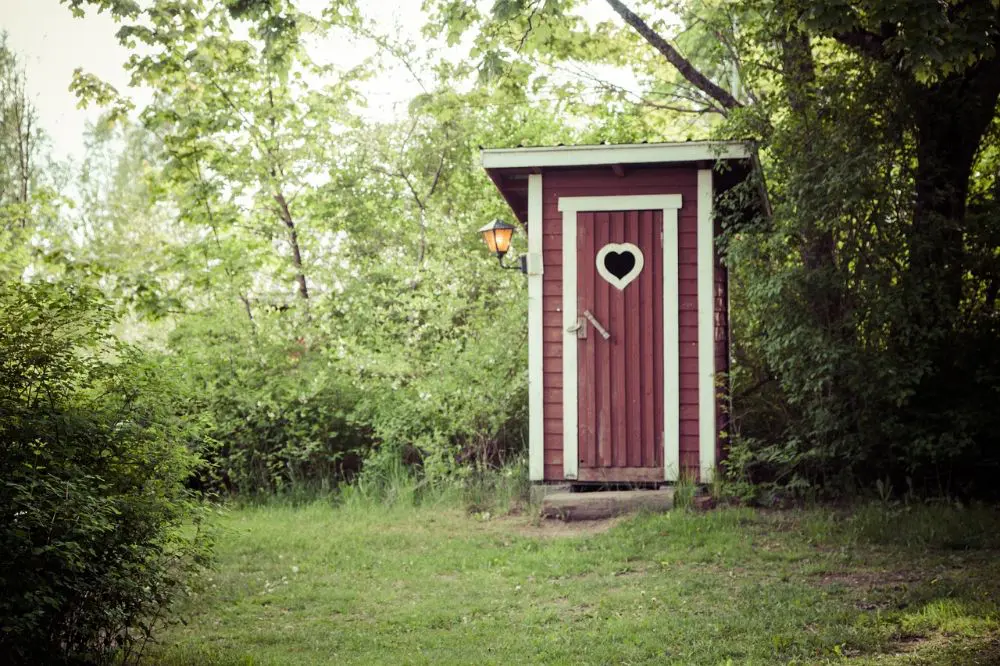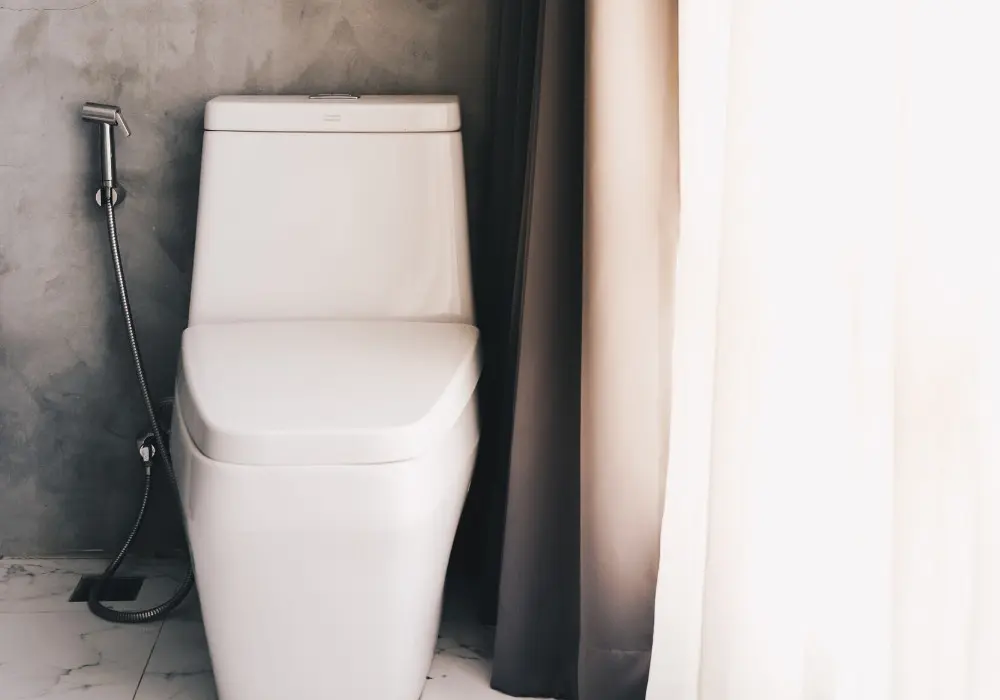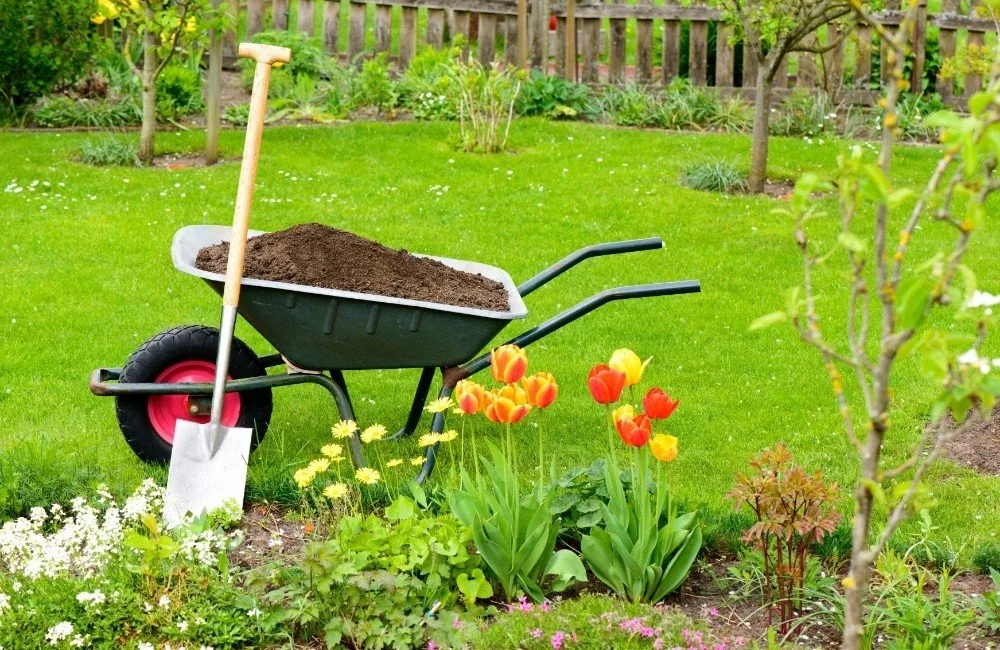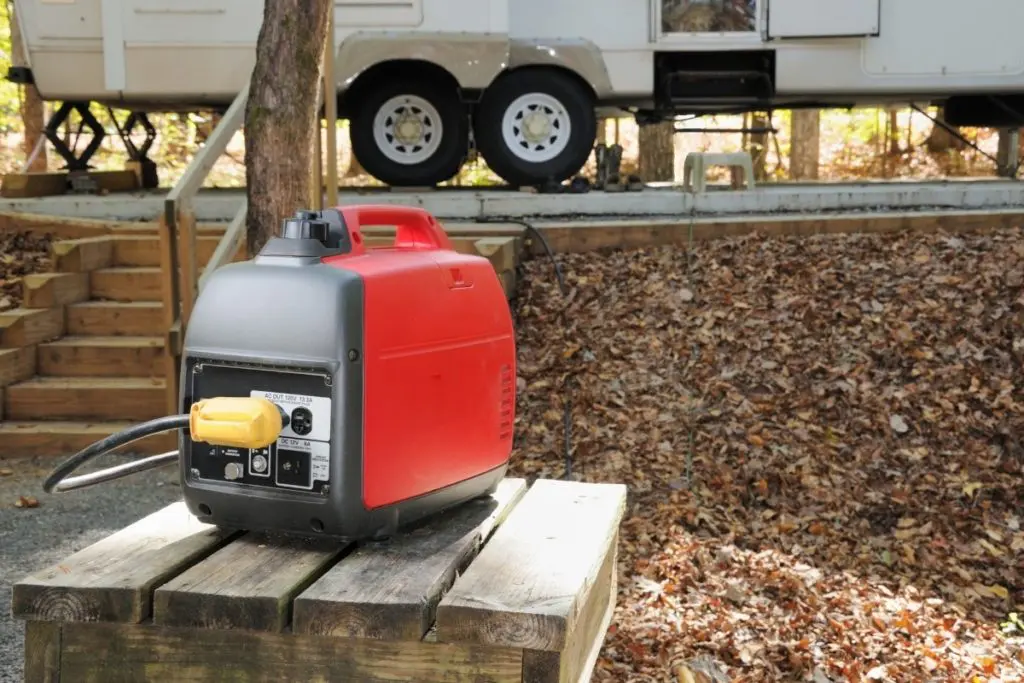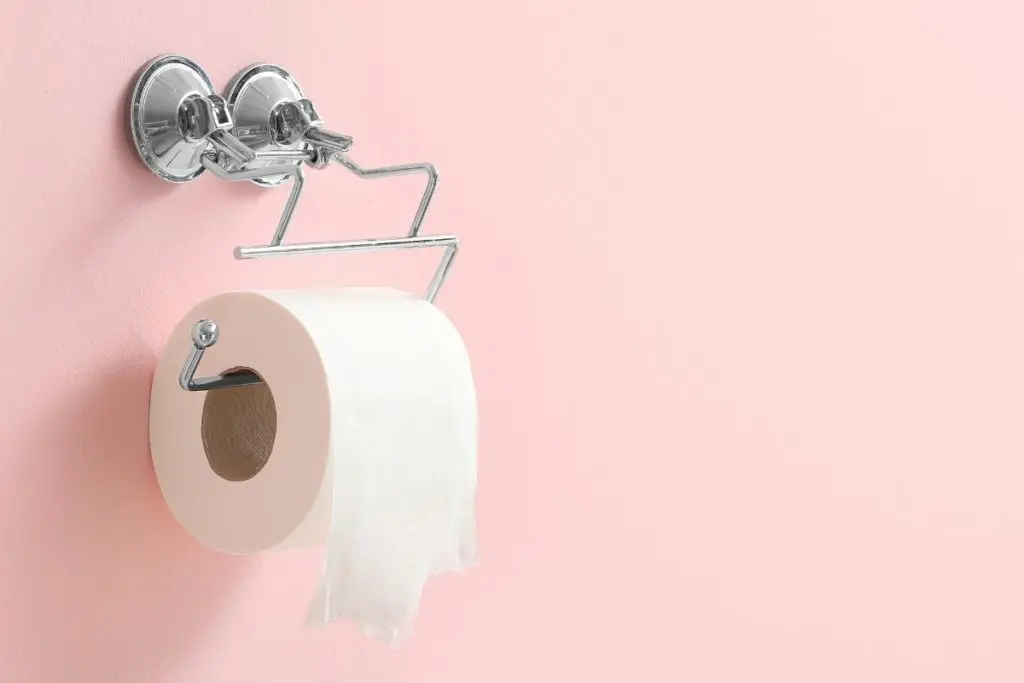If you’re researching traditional bathroom alternatives, you should be asking: what is a composting toilet? It’s pretty likely that when you read the phrase “composting toilet,” all sorts of images pop into your mind.
Most people associate composting toilets with outhouses or porta-potties. But the truth is, modern compost toilets have very little in common with these more primitive restrooms. In fact, they are a clean, safe, and eco-friendly alternative to traditional flush toilets.
But you probably still have a lot of questions about how to use composting toilets and their environmental benefits, and we’re here to answer them. We’ll start with the most basic query: what is a composting toilet? Then we’ll explore the rest — including the ones you’re a little afraid to ask (spoiler alert: no, composting toilets don’t smell).
What’s Here: A Cleaner Look at Waste
The mechanics of going to the bathroom isn’t exactly a go-to topic for polite conversation. It makes sense, as toilets are kind of personal! How we use them is established very early in our lives, and continues throughout.
There’s a certain order of business we’ve come to expect when we do our business.
But as lifestyles begin to change, and ecological considerations emerge to the forefront, composting toilets are having a moment. The tiny house movement, in particular, has highlighted this new, modern take on a rather old technology.
Nonetheless, the concept of a composting toilet takes a little getting used to. That’s why we’ve done the composting toilet research for you. We answer questions, address concerns, relieve a couple of hangups, and bust a few taboos — all while striving to keep bathroom-related puns to an absolute minimum.
It’s time to venture a little outside of the lavatorial comfort zone. Let’s talk toilets.
What is a Composting Toilet?
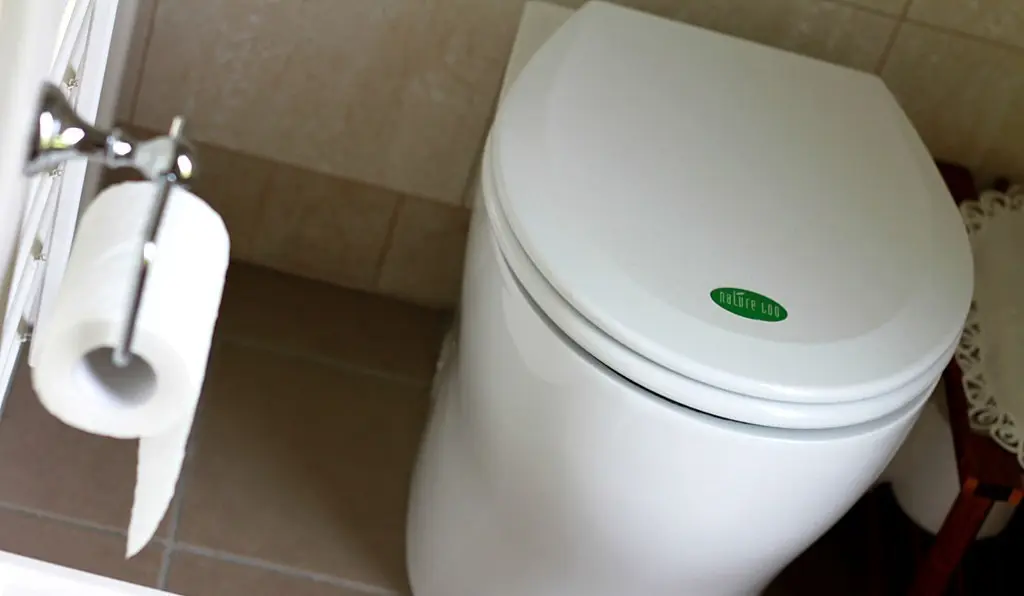
Composting toilets have long been standard fixtures in RVs, boats, and seasonal cottages or cabins. In recent years, they’ve also become increasingly popular for residential use in tiny homes and regular homes. They’ve even been popping up at eco-friendly events and other outdoor gatherings.
The toilets that we think of as “normal” use water to flush waste away into a sewage line or septic system (or in the case of RVs or boats, into a blackwater tank). So what is a composting toilet in comparison? A composting toilet is basically a “dry” toilet. They process waste on the spot, using little to no water to convert waste into compost.
What are the Different Types of Composting Toilets?
There are two over-arching categories of composting toilets to learn about. Self Contained Composting Units, and Central Composting Units serve two different purposes.
Self-Contained Composting Units
These units are the smaller, more common type of composting toilet. Self-contained units are just that: contained. They can be installed in a wide variety of places. Most units are “dry,” but some models use a little bit of foam or a few ounces of liquid to help process waste. These units have doors, shelves, or containers that slide out from under the toilet when it comes time to empty the compost. Some models also collect urine separately, while others divert it.
Central Composting Toilet Systems
For more robust usage, a central system is a better route to take—these larger residential systems direct waste into a centralized tank. Once there, one or more chambers work to decompose the materials over time. These systems can connect and compost waste from multiple toilets.
How Does a Composting Toilet Work?
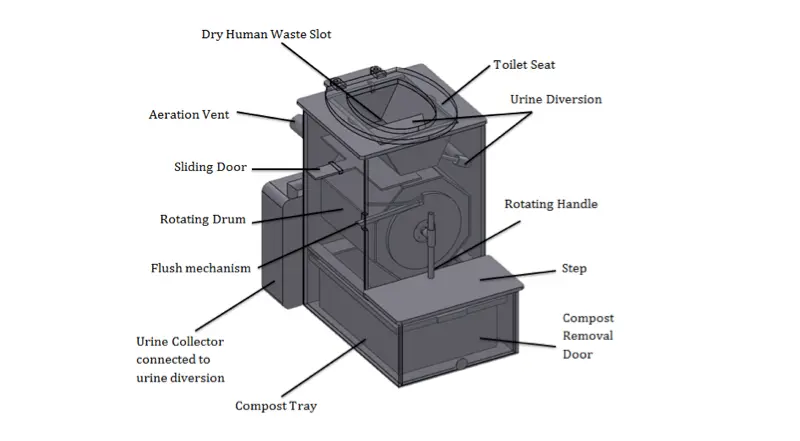
Let’s break things down (we know, we promised not to overdo it on the puns) — how does a composting toilet work?
- Compost toilets separate liquid and solid wastes.
- The liquid waste is either diverted or collected. At the same time, solids mix with a composting material.
- Together with microbes, heat, ventilation, and aeration, the composting material will help break it down into compost.
- Some more elaborate composting toilets use electricity, or different forms of solar heat/power to help the process along.
The overall composting process is not hugely different from that of a compost pile in your yard. A good compost pile needs a healthy mixture of nitrogen-rich ingredients (like kitchen scraps or plants) and carbon-rich ingredients (like leaves or straw). This environment creates aerobic bacteria and heat, which will ultimately convert the pile into usable compost.
With a composting toilet, you’re just using different materials to achieve ideal nitrogen to carbon ratio. Every time you go “number two” (i.e., a nitrogen-rich input), you’ll need to mix in a carbon-rich input like sawdust, coco pith, or peat moss. With time, heat, and plenty of assistance from microbes, you’ll eventually achieve a human waste-based compost.
What Is a Composting Toilet’s Benefits?
How do composting toilets work differently from “regular” toilets?
Composting Toilets Reserve Resources
It’s all about the water. Whether you want to reduce downstream pollution or off-grid place where water is scarce, composting toilets are a great way to conserve resources. Dry toilets can also be perfect for situations where there isn’t any existing plumbing, a septic system isn’t a viable option, or if you want to go “off-grid.”
Decreasing Water Waste
The most significant mechanical difference between a regular toilet and a composting toilet is that the latter does not flush. This is worth mentioning, if only because we’re all very accustomed to flushing. The act of pulling that handle and hearing a “whoosh” sound creates a feeling of washing away our waste; it goes out of sight and is no longer of concern.
Maybe we should take a minute to consider the full ramifications of “the flush”?
Yes, let’s. First of all, flush toilets waste a lot of water.
In most households, at least a quarter of all water used goes straight down the toilet. In a world where clean drinking water is harder to come by, it may be time to examine whether it’s a great idea to use so much of it to flush away our excrement.
Less Potential Water Contamination
Then there’s the issue of safety. Adding water to human waste actually makes it dangerous. As soon as you add moisture to waste solids, you create sewage. With sewage comes an explosion of bacteria, methane, ammonia, hydrogen sulfide, and more. Introducing massive amounts of water also makes it necessary to transport this newly hazardous waste to a centralized location for sewage treatment, which is highly resource-intensive.
In summary:
We mix human waste into our clean drinking water Create a sewage and wastewater biohazard Transport that mixture long distances through aging infrastructure Use lots of power and energy to treat it… Before we release it back into the environment Where eventually: we'll drink it, flush it, and begin again…
Suddenly composting toilets don’t seem crazy at all.
How Do You Use a Composting Toilet?
The logistics of how to use a composting toilet differ very little from a flush toilet. Going tinkle is pretty much the same (though some composting toilets require you to sit on the seat in order to open the toilet “hatch”). The most significant difference is that after you poo, instead of flushing, you’ll sprinkle a scoop of dry material like sawdust or peat moss into the toilet.
Let’s Be Real: Does It Smell Bad?
Nope. In fact, most users report that flush toilets are the stinkier of the two!
Part of the resistance to composting toilets comes from the perception that they’re gross and smell bad. And maybe back in the ’80s, that was the case. But in the modern age, these drawbacks just don’t exist anymore
Here’s why: modern composting toilets quickly and efficiently direct waste down and away, where they are separated. Since you’re not adding any water to your system, you’re not creating anaerobic bacteria that will produce sewage smells.
Composting toilets also have a fan that continuously pulls away odors. On some models, there’s a crank (or similar mechanism) that prevents funky smells by ensuring further aeration of the solid waste. And when the toilet is ready to be emptied, worry not: if your system is functioning properly, you should have a fairly neutral-smelling composted material.
Frequently Asked Questions about Composting Toilets
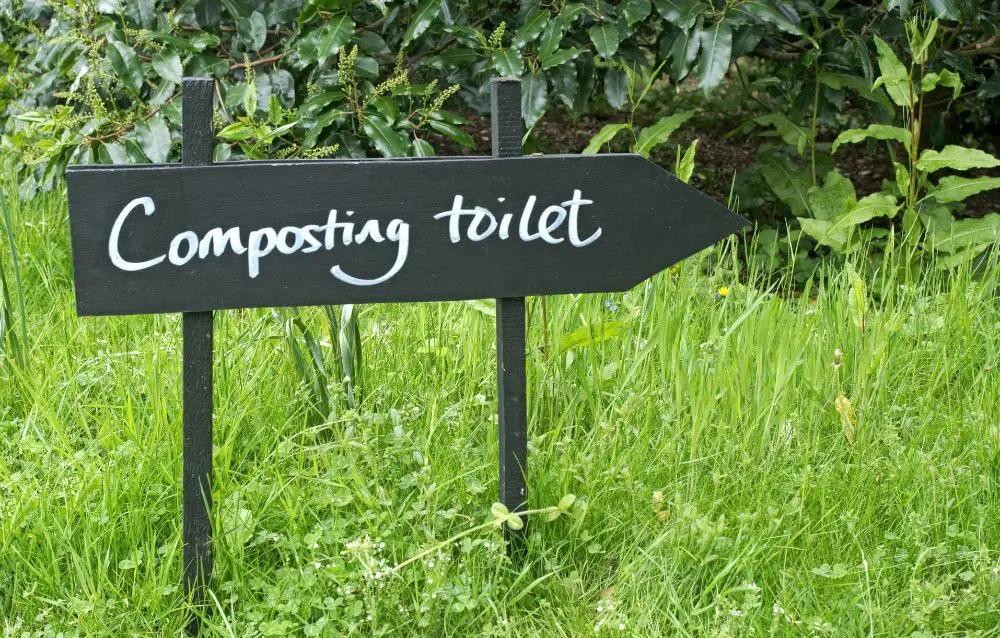
Is it safe?
Totally. A properly functioning toilet will break down any pathogens and viruses during the composting process. Since a composting toilet separates fluids from solid waste, it prevents a biohazard from forming, so there’s no sewage to deal with or dispose of.
Is it clean?
Just like a flush toilet, that rather depends on you. While composting toilets do a dirty job, they aren’t any dirtier than other toilets. If you’re still not convinced, here’s a tip: composting toilet users recommend keeping a spray bottle of vinegar and water nearby. In case anything needs a little help “moving along” in between more thorough cleaning, you can just spray it away.
Is it legal?
Regulations vary quite a lot state by state. Generally speaking, you’ll need to meet a few conditions. In most cases: if backyard composting is legal where you live, you don’t carry human waste/compost across property lines, and you have an existing flush toilet somewhere- you should be okay. However, if you’re building a new home, you’ll have to do your homework to determine what’s allowed and what kind of permits you need to obtain.
What kind of toilet paper can you use?
All types of toilet tissue will work, but experienced users recommend RV or Marine TP, or brands with a high recycled paper content. Make sure to use only as much as you need, as toilet paper takes much longer to break down than poo and the other composting materials.
What do you do with the output?
Here’s where things get a little tricky. Sometimes manufacturers can over-promise just how quick and easy the composting process is.
The truth is, your waste can stop composting properly as soon as your temperature, carbon-nitrogen ratio, or moisture levels get out of balance. Much will depend on whether you’re on the road (an RV), the water (a boat), or settled at home (residential system). Plenty of other variables will determine exactly what material you’re left with when it’s time to empty your toilet.
Potential Variables:
- climate
- frequency of use
- amount of toilet paper
- number of users
- type of composting materials, etc.
If you have a smaller, more frequently used toilet, you’re probably going to be dealing with emptying waste that is not fully composted. In this case, you should add this “humanure” waste to an established compost pile for further decomposition, or properly dispose of it elsewhere. Some people use an RV dumping station, or just bag it up and dispose of the waste in the trash.
It’s essential to research and figure out the appropriate and lawful method for your specific situation and area.
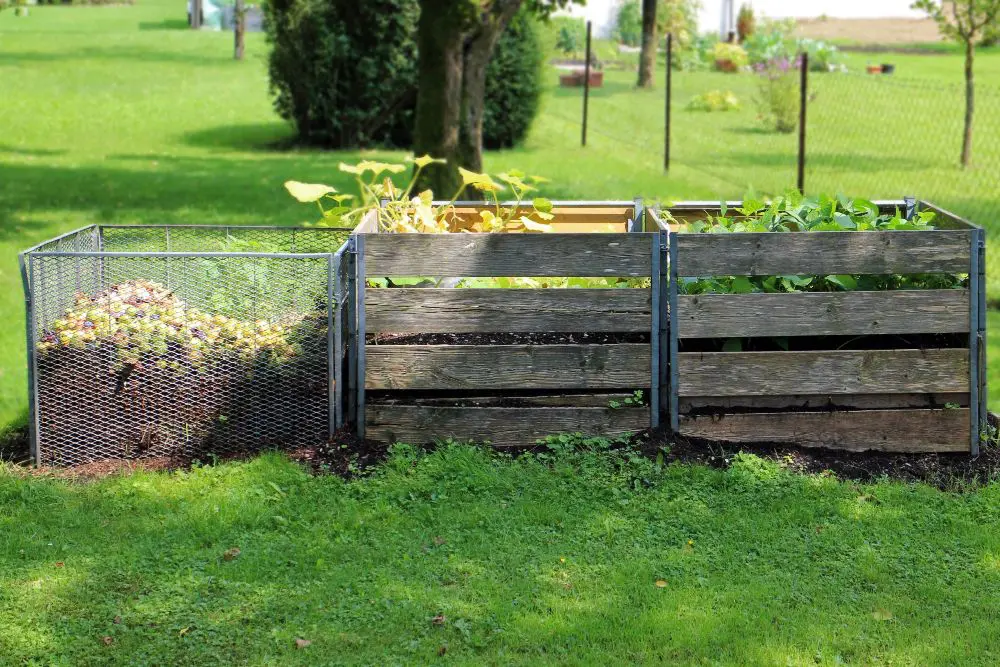
What Do I Do with liquid waste?
Some composting toilets use an evaporating chamber (or similar mechanism) beneath the compost area that eliminates any liquid wastes. It might also divert the urine outside. It’s then usually filtered through a mixture of gravel and charcoal before being absorbed into the ground.
Another type of toilet collects urine in a separate container for disposal. You have a few options in that case. The first uses the liquid waste as fertilizer (again, do your research). Second would be appropriate dumping or pouring it down a flush toilet. While not ideal, this still saves more water than if you’d used a flush toilet continuously.
How Can You Use The Compost?
A general rule of thumb is that waste should decompose for at least a year before it’s ready to be used as compost, but err on the side of caution. If you are sure you’re dealing with fully broken-down compost, there are lots of great applications:
- Add to an established compost pile for further decomposition/use.
- Spread it around your flower garden or other non-edible gardens.
- Spread it around fruit trees.
- Dispose of it around any wooded areas on your property.
Even though compost has undergone aerobic breakdown and shouldn’t be hazardous, it’s important to handle with care. There are still some elements you don’t want to come into direct contact with. Most importantly, do not use compost from a composting toilet on or near any edible plants.
If you follow these guidelines, you’ll have both happy plants, and the peace of mind that comes from saving water and doing your part to live sustainably.
Further Reading
